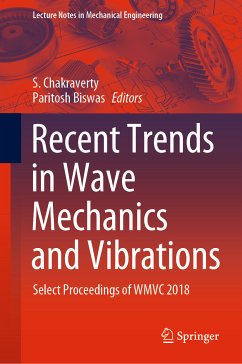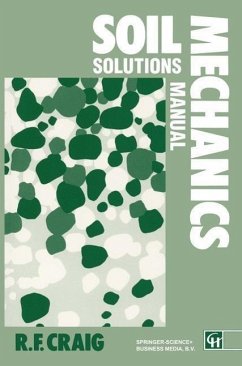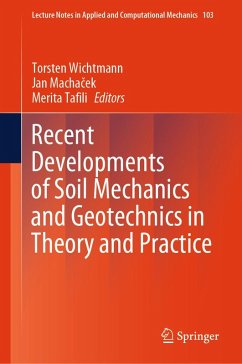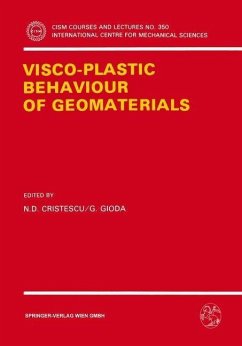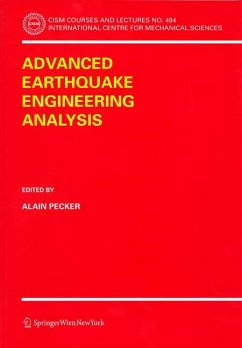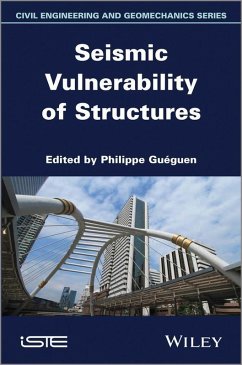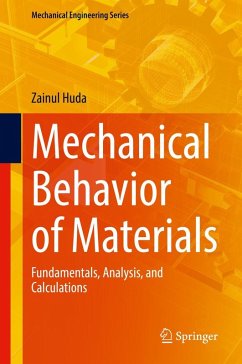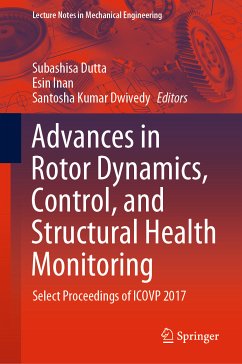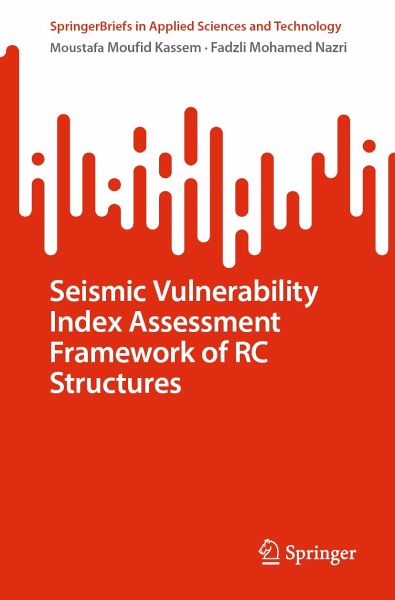
Seismic Vulnerability Index Assessment Framework of RC Structures (eBook, PDF)
Versandkostenfrei!
Sofort per Download lieferbar
40,95 €
inkl. MwSt.
Weitere Ausgaben:

PAYBACK Punkte
20 °P sammeln!
This book represents a significant step toward a new contribution in the process of developing the seismic vulnerability index. This is accomplished by releasing or reducing the role of the rapid visual screening that is created by the opinions and decisions of experts, which depend on observations made while investigating the vulnerability damages caused by earthquakes. Alternatively, the computational analytical technique is preferable since it can be effective in determining the seismic vulnerability index before the occurrence of an earthquake by modeling the most affected influencing para...
This book represents a significant step toward a new contribution in the process of developing the seismic vulnerability index. This is accomplished by releasing or reducing the role of the rapid visual screening that is created by the opinions and decisions of experts, which depend on observations made while investigating the vulnerability damages caused by earthquakes. Alternatively, the computational analytical technique is preferable since it can be effective in determining the seismic vulnerability index before the occurrence of an earthquake by modeling the most affected influencing parameters that regulate the building performance. In addition, the seismic vulnerability index is supported by the vulnerability curves, which describe the probability of damages and are used to estimate the economic damage grade for each building which is the topic of inquiry. In the end, this helps to establish a clear vision and sort of recommendations for engineers and specialists to follow inorder to take into consideration certain indices and factors before designing any specific structure. Because of this, the simplified work is utilized to manage and put into action measures that will protect against the effects of seismic events before an earthquake really occurs. In addition to this benefit, the work that has been done is of significant assistance to the authorities that are accountable for the restoration of the preexisting buildings and the cultural heritages.
Dieser Download kann aus rechtlichen Gründen nur mit Rechnungsadresse in A, B, BG, CY, CZ, D, DK, EW, E, FIN, F, GR, HR, H, IRL, I, LT, L, LR, M, NL, PL, P, R, S, SLO, SK ausgeliefert werden.



